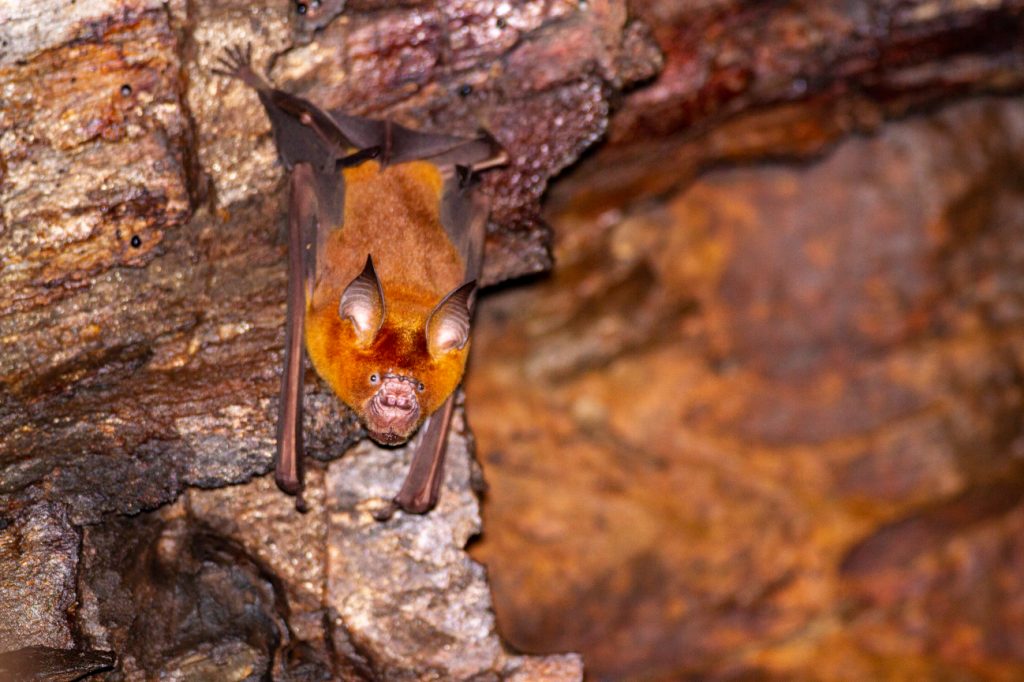Interesting Facts
How can Bats hang upside down without blood rushing into their brain?
The valves in the arteries of bats are designed to be a one way flow which prevent the blood from flowing backwards. This mechanism protects the bats brain from being flooded by blood.
How do bats urinate and excrete without dirtying themselves?
Bats turn upside down or turn while hanging on branch or cave walls when they want to urinate or defecate. They can also defecate while flying and this process ensures they do not soil themselves.
How can bats hang upside down without falling even when sleeping?
Bats have special tendons in their legs which connects the claws to the upper body. These claws can be activated only when the muscles are activated. So when a bat sleeps the claws still cling on due to the weight of the body though the muscles are relaxed. When the bats wants to release themselves from the perch then they activate the tendons through muscles to release the grip.
Why do bats hang upside down all the time?
Bats do not have the ability to take off from ground and lift themselves into air. Their wings do not produce sufficient lift. So they use their front claws to climb to a high spot on tree top or cave roof from where they can drop off and launch themselves. By adapting to such roosting technique bats can roost away from the reach of most predators by clinging on to cave roofs or tree tops.

